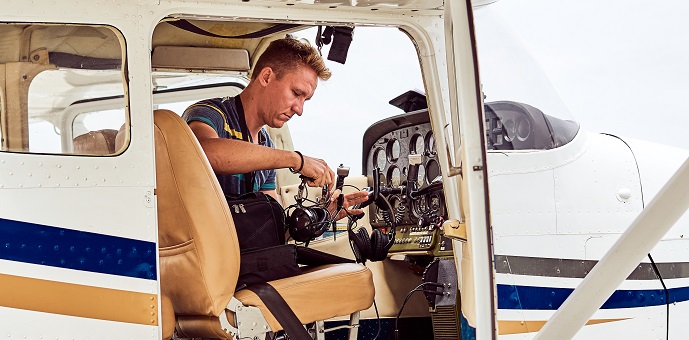Introduction by Steven Bentley Group CEO Sofema Aviation Services www.sassofia.com
Note the 21J Difference!
EASA Part 21 J is the only approval which is issued directly by EASA & not the Competent Authority – moreover the “approved data” which is normally used as a reference point is typically produced by the 21J so it is necessary to have a high level of competence – particularly in the case of the Certification Verification Engineers (CVE’s)
How to manage Competence in an organisation?
Consider the following Step by Step plan!
Have the Training Needs of every position been Identified and Agreed?
Perform analysis to ensure that each position has been assessed for the appropriate training, In respect of basic, current and ongoing training needs.
Who will do this in your organisation.? (Particularly in relation to Senior Staff – but note they will be approved by EASA through the form 4 process)
The Goal is to ensure a common standard throughout the organisation.
The Training needs analysis and management process shall be subject to audit so needs to be a controlled and repeatable process so should be documented in a way which supports effective oversight.
Depending on the size of the organisation this may be performed centrally or by Department Heads and Managers.
In the case where It is done locally by the departments, it should be done to a common organisational standard – Where and How Documented?
- How is a person assessed against the necessary skills, knowledge and experience requirements?
- How is the ability of the person assessed and/or evaluated to perform the job?
- Are there nominated assessors?
- Have the assessors been trained?
- Does the assessor have any guidance/procedures to follow?
- How is the assessment recorded?
- How does the Quality department monitor the Competence Assessment System?
Quality Auditing essentially looks at the following areas:
1/ Conformity with the Regulatory requirements.
2/ Audit of the Concerned Process (System Audit)
3/ Audit of Product in the case – Management of Competency
4/ On Going Surveillance of the Concerned Process
Has the Organisation documented in an effective way a process that satisfies all the Regulatory Requirements?
Is this process documented in a clear way with the information available to all concerned persons – DOH procedure – Other Controlled Organisation Manual?
Who is responsible for the Procedure & Process?
How is it kept up to date and managed?
Follow the process through, from identification of selected personnel
To the completion of the Competence Assessment form.
Are all elements being performed correctly in accordance with the following Checklist
Competency Audit Checklist contents:
1/ Identification and management of personnel to be assessed
2/Assessment Procedures
3/ Evaluation system
4/ Training Process Driven from Competency Assessment
5/ Management of Qualifications
6/ On-going Supervision of the Competence Assessment Process
7/ Selection and Approval of Assessors
8/ Effective Implementation
9/ Examination
10 / Overall Management of the Competency System
11/ Review of Assessment Records for completeness and conformity
12/ Review of all Documentation used to manage Competence
Sofema Aviation Services offers a range of EASA regulatory compliant training courses including EASA Part 21 for details please see www.sassofia.com or email office@sassofia.com





